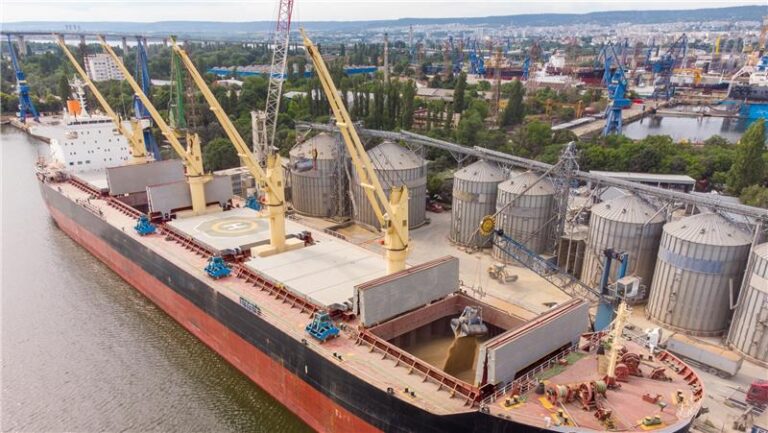TechTime: The Land Lenders talk drip irrigation technology
Water has been—and always will be—a vital part of agriculture. However, in many states across the country, water poses questions and creates quandaries for farmers and ranchers alike. In the drought-stricken west, water is a precious resource. In tropical areas of the Southeast, water can come in a deluge or a trickle. In other places, water rights and access to water can be a tricky proposition, with water conservation laws adding more angles to an already complicated issue.
As with many problems in agriculture, technology usually holds solutions. Drip irrigation technology—where water is moved at low pressure through a series of tubes and pipes to deliver water directly to each plant—offers answers to many water problems faced by growers and producers. Take the almond industry in dry California—a state responsible for half of the nuts, fruits and vegetables available in the U.S.—where the lack of water hits hard; almonds need a good amount of water to grow compared to many other California crops, and they require year-round watering.
An almond farmer needs to make use of every last drop of water, and drip irrigation systems do just that. At its roots, a drip irrigation system is exactly like it sounds: it waters crops in individual drips rather than broad, high-volume watering. However, drip irrigation technology has developed into an intricate system of gadgets and sensors that measure elements like soil moisture, humidity, temperature, sunlight and more to help determine the exact amount of water a plant will need. Such systems can save 30% to 50% or more water over conventional watering. One California almond farmer, Tom Rogers, currently waters his 15,000 trees with only groundwater, a source that used to only provide 10% to 20% of the orchard’s water, according to an article by Southern California Public Radio, 89.3 KPCC.
Drip irrigation systems deliver an exact amount of water to a plant’s root zone, meaning that the plant only gets as much as it needs and very little water is lost to evaporation. Nutrients and other compounds can also be delivered using such systems, and weeds aren’t given a share. Drip irrigation systems can be a large upfront expense, but the long-term savings make it a worthy investment.
AgAmerica Lending has long been a leader in farm lending for ag upgrades like drip irrigation systems. It’s just one way we help the country’s farms and ranches to grow and develop with our low-interest rates, long amortizations, and outstanding 10-year line of credit.






